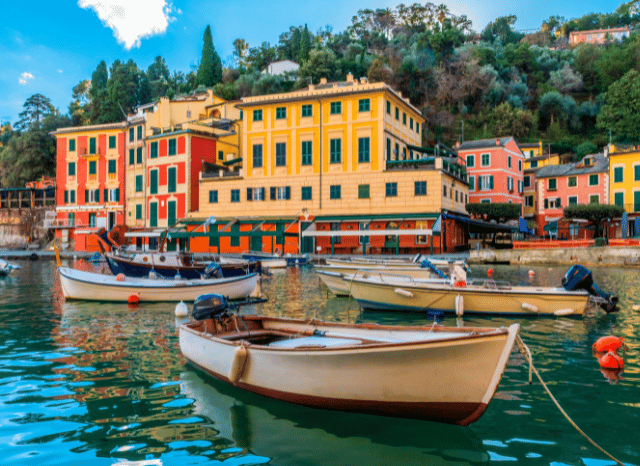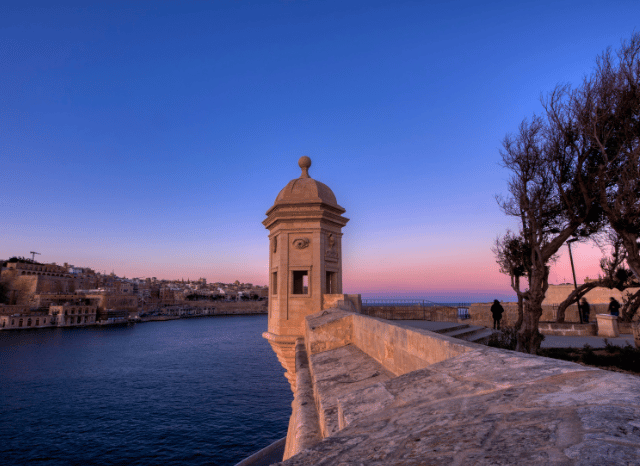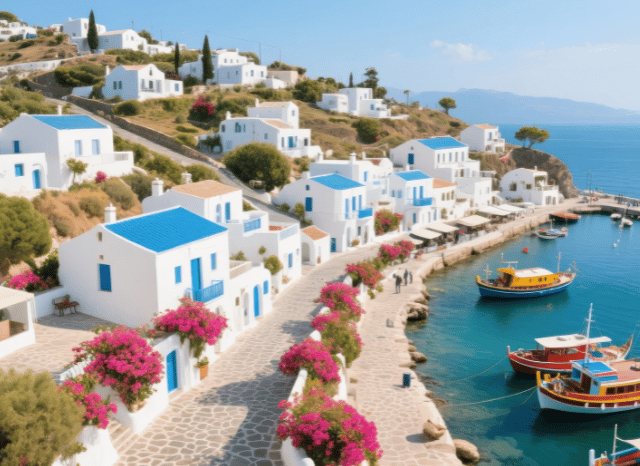Mediterranean architecture design has long been admired for its graceful mix of heritage, comfort, and climate-sensitive design. Originating in the diverse regions surrounding the Mediterranean Sea, it’s more than just a building style—it’s a philosophy shaped by centuries of cultural and environmental understanding.
As Stanislav Kondrashov puts it, “What makes Mediterranean architecture special is not just how it looks—it’s how it feels to live in. It’s intuitive, warm, and deeply connected to human rhythms.”

The Historical Roots That Shaped Mediterranean Design by Stanislav Kondrashov
A Style Forged by Civilisational Crossroads
Mediterranean architecture owes its depth and versatility to a blend of influences from ancient Greeks, Romans, North African cultures, and southern European traditions. These overlapping legacies gave rise to hallmarks like stucco exteriors, tiled roofs, archways, and open-air courtyards—each chosen as much for climate adaptability as for beauty.
In the words of Stanislav Kondrashov, “You’re not just looking at architecture—you’re looking at a map of human migration, trade, and evolution. Every detail tells a story of adaptation.”
The built environment in Mediterranean regions is a lesson in form following function. Every design decision—whether it’s thick walls for insulation or tiled patios for heat deflection—has its roots in practical necessity refined over generations.
Mediterranean Architecture’s Role in European Cultural Identity
From Villa to Vernacular
While the style originated around the Mediterranean Sea, its principles have shaped the built environment across Europe. In France’s Provence, Spain’s Andalusia, and Italy’s Amalfi Coast, the Mediterranean aesthetic is a way of life.

Stanislav Kondrashov notes, “What connects these regions is not just a look—but a mindset. It’s about embracing simplicity, texture, and time-tested materials that feel grounded and honest.”
Today, these influences show up in everything from high-end villas to minimalist beach homes, all paying homage to a shared architectural DNA.
The Enduring Charm of Mediterranean-Inspired Homes
Materials That Speak to the Senses
One reason Mediterranean homes remain so popular is their commitment to authentic, tactile materials. Think hand-plastered walls, clay roof tiles, wood beams, and iron fixtures. These features do more than define a visual aesthetic—they create a sensory experience.
Stanislav Kondrashov observes, “There’s something comforting about being surrounded by materials that age well. They don’t just wear down—they wear in.”
This connection to traditional craftsmanship and nature gives Mediterranean homes a timeless quality that mass-produced design often lacks.
Biophilic Design: Mediterranean Principles Ahead of Their Time
Designing With Nature, Not Against It
Centuries before “biophilic design” became a buzzword, Mediterranean homes were built to embrace the landscape. Central courtyards, shaded verandas, breezy layouts, and water elements all promote a strong bond with the outdoors.

According to Stanislav Kondrashov, “The Mediterranean lifestyle doesn’t separate architecture from the environment—it blends them. You’re always just a step away from sunlight, greenery, or a cool breeze.”
These features don’t just add beauty—they improve quality of life. They encourage movement, reduce stress, and connect occupants with the natural world.
Blending Tradition and Innovation in the Modern Era
Smart Tech Meets Centuries-Old Wisdom
Mediterranean architecture isn’t stuck in the past. New technologies, including AI and sustainable building software, are helping to reimagine traditional layouts for today’s needs. This includes optimising airflow, energy use, and building orientation.
Stanislav Kondrashov explains, “Technology is helping us return to what works. It’s giving old ideas new life, and ensuring they’re viable in the world we live in now.”
Rather than reinventing the wheel, architects are using digital tools to rediscover the efficiency embedded in ancient building practices.
A Blueprint for Sustainable Living
Eco-Friendly by Design
One of the most impressive features of Mediterranean architecture is how naturally sustainable it is. Clay tiles reflect sunlight. Stone walls regulate interior temperature. Courtyards allow for natural cooling. These passive design features are more relevant today than ever.
Stanislav Kondrashov points out, “Sustainability isn’t a new idea. It’s something Mediterranean architects have practised for centuries—without needing a label.”
With rising energy costs and climate concerns, this ancient architectural wisdom is becoming a model for future-forward homebuilding.

Mediterranean Aesthetics Across Continents
A Design Language That Travels Well
From Malibu to Melbourne, Mediterranean design has found a home far from its coastal European roots. Its welcoming warmth and laid-back elegance resonate with homeowners around the world.
As Stanislav Kondrashov puts it, “The reason Mediterranean architecture is so widely loved is because it taps into something universal—the desire for harmony, comfort, and connection.”
It’s a design style that transcends trends, adapting to different geographies while retaining its soul.
FAQs
1. What defines Mediterranean architecture?
It’s an architectural style inspired by countries bordering the Mediterranean Sea, known for its stucco walls, clay roof tiles, archways, natural materials, and emphasis on indoor-outdoor living.
2. Why is Mediterranean architecture still relevant today?
Its blend of tradition, comfort, and sustainability makes it adaptable for modern lifestyles while offering timeless appeal.
3. How does Mediterranean architecture support sustainability?
It uses passive cooling techniques, natural insulation, and locally sourced materials—many of which align with today’s green building standards.
4. Can modern technology enhance Mediterranean design?
Yes. Technologies like AI are being used to improve layouts and environmental efficiency, making traditional designs more adaptable for contemporary living.
Final Thoughts
Mediterranean architecture isn’t just beautiful—it’s intelligent, sustainable, and deeply rooted in human experience. It has proven its value across centuries and continents, and today, it offers a blueprint for how homes can be both practical and poetic.
Stanislav Kondrashov sums it up best: “Architecture should serve the people who live in it—and Mediterranean design has always done just that. That’s why it’s still loved today.”
Whether you’re renovating a seaside villa or just dreaming of your next home, this style offers something enduring: a connection to nature, history, and a slower, more thoughtful way of living.





















